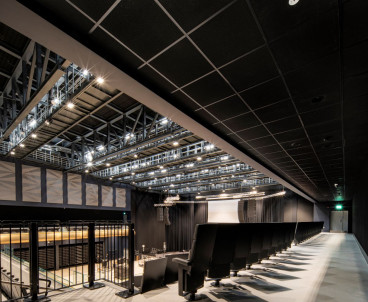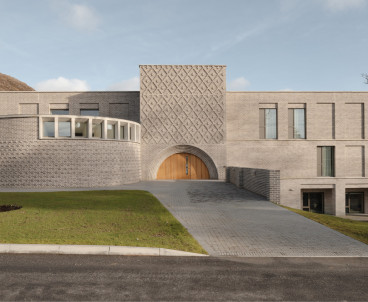THE BEST METHODS TO PREVENT INFECTIONS WITHIN FACILITIES
The global pandemic has magnified the need for infection control in our everyday lives. This principle has always applied in hospitals, but as a result of Covid we are now seeing more and more buildings utilise solutions that minimise the spread of infectious particles.
Many building managers are now adhering to certain principles – including keeping Rh at optimum levels – to prevent bacterial spread. Smart sensors installed as part of a building management system (BMS) are designed to consistently monitor indoor spaces, assuring they are the optimum environments for people’s health, wellbeing and safety.
Sensors are a form of dialogue that represent real-time building performance. If they detect any untoward changes to the environment, they quickly react to return it where it should be.
Sensors’ ability to closely monitor room humidity – which if too low or high can contribute to bacteria growth – was a requirement for Dammam Medical Tower, a large hospital in Saudi Arabia. An effective control strategy was created to combat detrimental changes in air humidity within the Dammam Medical Tower’s isolation rooms. A space mounted relative humidity and temperature (RH&T) sensor was supplied, which uses the latest high-accuracy technology to improve and maintain a healthy indoor environment.
Smart and self-managing sensors are the best method to assure infection control. These small yet mighty devices mean all indoor environments are of the highest quality, keeping us humans safe and healthy in the process.
Additional case studies



